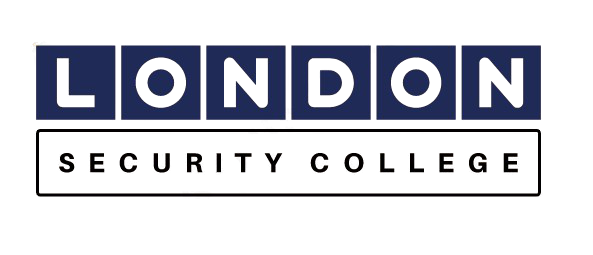Employer and Employee Security Responsibility
What are employer responsibilities in the Security industry?
Employers in the security industry have a number of responsibilities to ensure the safety and well-being of their employees, as well as the public. Some of these responsibilities include:
- Providing adequate training: Employers must ensure that their employees are adequately trained in the use of equipment and procedures required for their job, as well as in health and safety measures.
- Conducting risk assessments: Employers must carry out regular risk assessments to identify and mitigate potential hazards in the workplace. This includes assessing risks to employees and members of the public.
- Providing appropriate protective equipment: Employers must provide appropriate protective equipment, such as safety helmets, gloves, and vests, to their employees where necessary.
- Ensuring compliance with relevant laws and regulations: Employers must comply with all relevant laws and regulations relating to the security industry, including licensing requirements and health and safety regulations.
- Providing a safe working environment: Employers must ensure that their employees have a safe working environment, including suitable lighting, ventilation, and temperature control.
- Conducting background checks: Employers must carry out appropriate background checks on employees to ensure that they are suitable for the job and do not pose a risk to the public.
Overall, it is the responsibility of employers to ensure that their employees are safe and well-equipped to carry out their duties, while also ensuring the safety of the public.
What are employee responsibilities in the Security industry?
Employees in the security industry also have several responsibilities to ensure the safety and security of themselves and the public. Some of these responsibilities include:
- Following proper procedures: Employees must follow the proper procedures and protocols when carrying out their duties, including following health and safety regulations and company policies.
- Using equipment correctly: Employees must be trained and proficient in the use of equipment required for their job, and use it correctly to ensure the safety of themselves and others.
- Reporting hazards and incidents: Employees must report any hazards or incidents they encounter during the course of their work to their employer, and take appropriate action to mitigate any risks.
- Providing good customer service: Employees must provide good customer service to members of the public and their clients, while also being vigilant for any potential security risks.
- Respecting the law: Employees must respect the law and comply with all relevant regulations and licensing requirements.
Overall, employees in the security industry play an important role in ensuring the safety and security of the public and have a responsibility to act professionally and responsibly at all times.
What is a Hazard and Risk?
A hazard is anything that has potential to cause harm, and risk is the likelihood of harm to occur.
What is a Risk Assessment?
Identification of the hazards, and understanding the risks to mitigate the risks as much as possible. Either completely removing all the hazards and risks involved or reducing them to an acceptable level.
How can we minimise Risks?
There are many ways to minimize risks, depending on the specific type of risk you are concerned with. Here are some general strategies that can be applied in various contexts:
- Identify the risks: The first step in managing risks is to identify them. Take the time to evaluate potential risks and prioritize them based on their potential impact.
- Assess the risks: Once you have identified potential risks, assess them by estimating the likelihood and severity of each risk. This will help you prioritize which risks to focus on.
- Develop a risk management plan: Based on the results of the risk assessment, develop a risk management plan that outlines strategies for minimizing or avoiding risks. This may involve developing policies and procedures, training staff, and implementing technology solutions.
- Monitor risks: Continuously monitor potential risks and evaluate whether your risk management plan is effective. Make adjustments as necessary.
- Communicate with stakeholders: Keep stakeholders informed about the risks and the actions being taken to manage them. This can help build trust and mitigate concerns.
- Learn from past experiences: Analyse past incidents and learn from them to identify areas where improvements can be made. This can help prevent future incidents and minimize risks.
- Stay up-to-date with best practices: Stay informed about best practices for risk management in your industry or field. Attend conferences, read relevant literature, and network with peers to learn about new techniques and technologies for minimizing risks.
